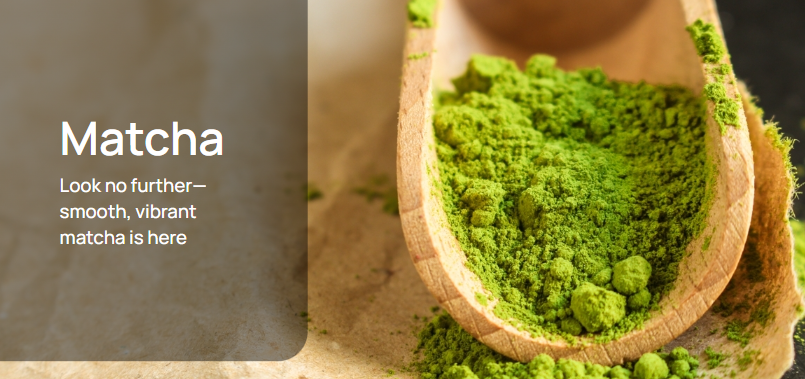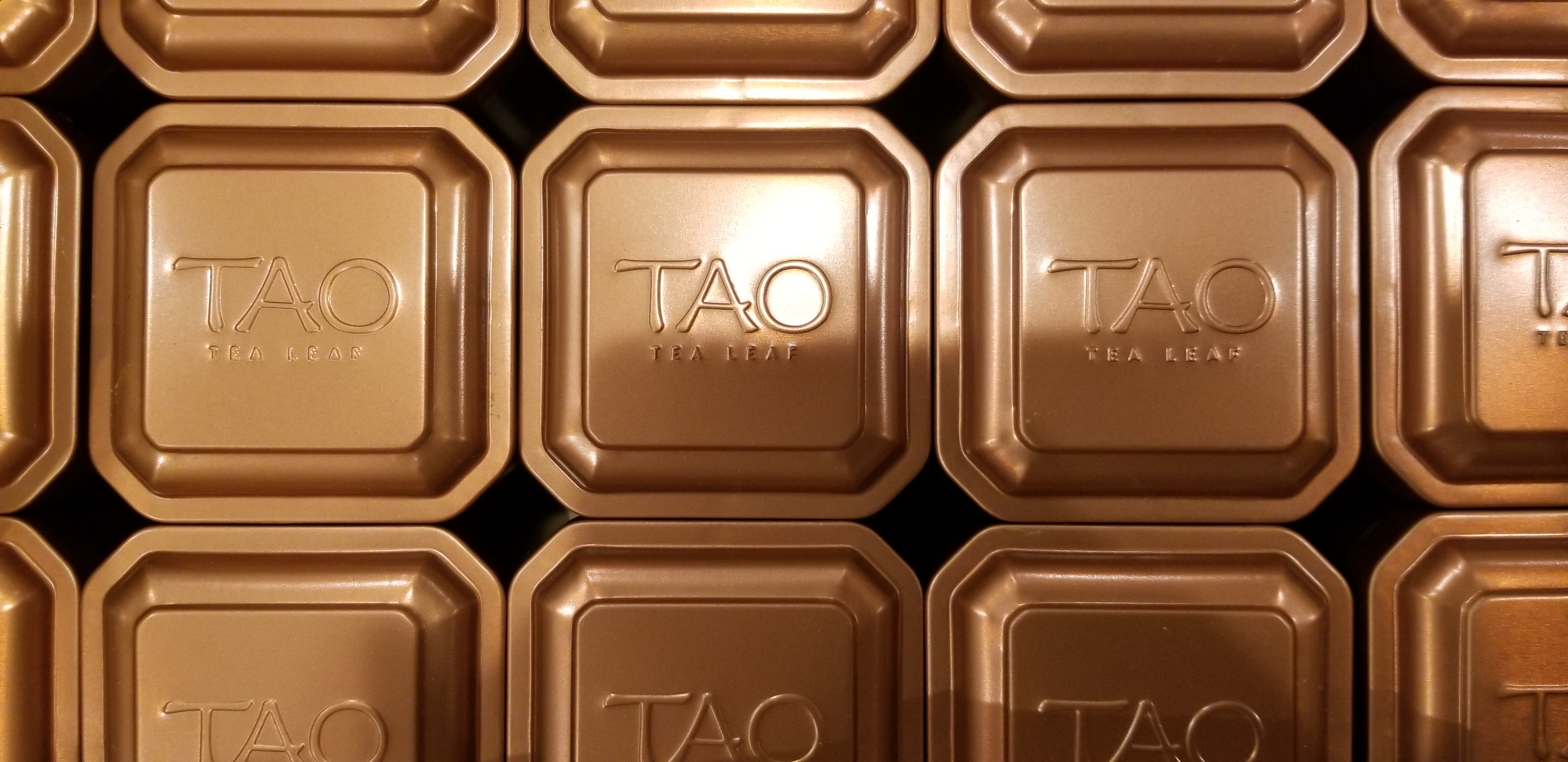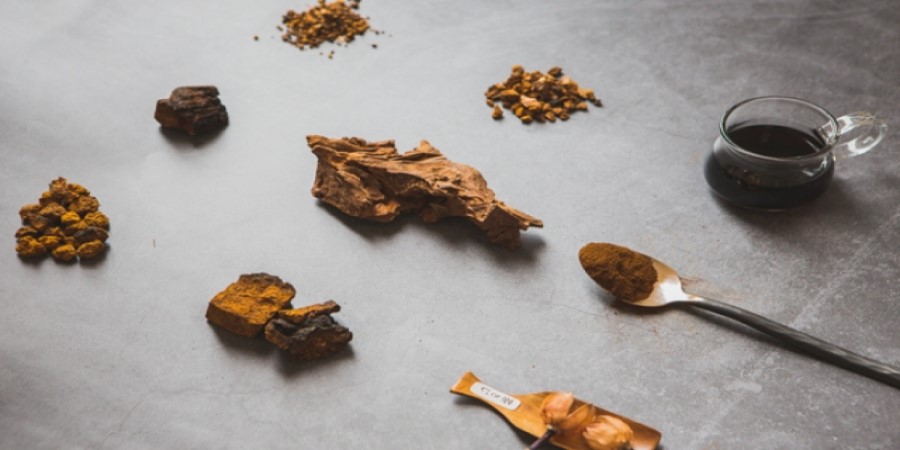 Loading... Please wait...
Loading... Please wait...- ORDER BY PHONE: 647-728-3858
- Order Status
- Wish Lists
- My Account
View Cart
7 Wuyi Oolong Teas You Should NOT Buy
Posted by Tao Wu on 4th Apr 2014

Wuyi Oolong is the earliest made oolong tea, being first produced around 400 years ago. The high levels of oxidation give it a decidedly darker and fruitier taste than other oolongs. Wuyi Oolong is also known as WuYi Yan Cha; Yan(岩) meaning "rock" in Chinese. Wuyi Mountain is located in the north part of Fujian province. The mountain's rocky terrain gives the tea a very unique fragrance and taste.
Wuyi Oolong has recently become more popular in the North American tea market, with a wide range of price depending on the quality. But this does not simply mean more expensive is better. Many tea lovers bring their own Wuyi Oolong to share with me and ask my opinion, so that is why I want to write this post, which is based on my experience. I will try my best to explain and if you have any comments please feel free leave them on the bottom, I am happy to see them.
Here are the 7 Wuyi Oolongs you should not buy. I will update if I think there is more tea lovers should avoid from Wuyi Oolong.

1.Don’t buy the Wuyi Oolong if the tea liquor is not clear.
There are a few reasons the tea liquor may not be clear, likely due to a problem in the production process.
In Wuyi Mountain, usually the tea farmers do not harvest leaves in rainy weather, because the rain causes the leaves to have too much moisture, which could make the tea taste weak and the tea liquor not clear.
The freshly picked leaves should be transported to the manufacturer by using weaving bags, which allow fresh air to pass through. However, I have seen tea farmers use big plastic bags, which make the fresh leaves slowly oxidize during the transportation. This will make the tea not clear.
The first step for making Wuyi Oolong is scattering the leaves on canvases and exposing them to sunlight to allow part of their moisture to evaporate. If the tea farmers finish this process too early and the leaves contain too much moisture than they are supposed to have, this will make the tea liquor not clear.
Wuyi Oolong uses a baking method for the drying process at the end. If the temperature changes too fast in the baking process, the tea liquor will not be clear.
Another reason that Wuyi Oolong may not be clear is that some large tea companies produce Wuyi Style Oolong outside of Wuyi Mountain; we could call these Wuyi Style Oolong teas fake Wuyi Oolong Teas. These companies want to produce huge amounts in low cost, so this will make the tea liquor look different.
Clear tea liquor is a very basic but important standard for Wuyi Oolong (and also important for other Chinese teas).
2.Don’t buy the Wuyi Oolong if the tea is over-baked and smells burnt.
A baking method is used for the purpose of drying at the end of Wuyi Oolong production. Another important purpose for baking the tea is to increase the tea aroma and fragrance and remove the grassy taste from the maocha (unprocessed leaves).
Tea farmers use 3 different levels of heating temperature during the process (low, medium, and high). They use charcoal or electricity as the heat source. Whichever heat source and heat level they use, they are trying to produce tea that has a very pleasing fragrance (floral, fruity, caramel, etc.). Good quality Wuyi Oolong should have a unique, gentle, muted fragrance and taste; it comes slowly, not sharp and deep.
The tea farmers never want to over-bake their tea and burn it, because when the heat temperature is too hot, the tea will lose its fragrance and flavor. If the leaves are carbonized, the tea will smell burnt.
3.Don’t buy the Wuyi Oolong if the tea has a moldy, stale, or other unpleasant smell.
Storage is very important for all the teas. Wuyi Oolong is produced in the southern part of China. During the spring season, it is very humid; sometimes you even can see condensation on the surface walls. Tea leaves are very good at absorbing moisture and smells. If the tea has not been stored very well, it will very easily grow mold and completely change the quality.
4.Don’t buy the Wuyi Oolong if the leaves are too green.
Wuyi Ooling is a highly oxidized tea, which makes the maocha leaves look “green leaf but red around”, or “three red and seven green (thirty percent of the leaf side is red and seventy percent green in the middle)”. The baking process will make the finished leaves look dark brown and dark yellow.
The dark colored leaves are what you should see when buying a properly baked Wuyi Oolong. If the leaves are too green, this means that the tea has not reached high levels of oxidation, or was not baked enough. This kind of tea tastes flat and can’t be steep many times.
After steeping, the leaves of most Wuyi Oolongs will look dark green, and a few rare ones will look lighter (e.g., Bai Ji Guan will look yellowy green).
5.Don’t buy the Wuyi Oolong if the tea only can be steeped 2-3 times.
Wuyi Oolong grows on rocks, giving it a rich and unique fragrance and taste. Good Wuyi Oolong teas can be easily steeped more than 8 times while retaining a full-bodied taste and long lasting flavor in your mouth (some better ones can be steeped 12 to 15 times).
If the tea is too weak, it may not be from Wuyi Mountain or not from the Spring season.

6.Don’t buy the Wuyi Oolong if the tea is not active and vibrant.
This may not be easy to judge by tea drinkers who are new to Wuyi Oolong. It could be judged from 2 points. First, you could judge by the taste, which should be keep changing in your mouth after you sip the tea. If the tea is not good, the taste will be flat and very simple. Second, you could judge the steeped leaves; they should be thick, soft, and strong (not easily broken). You should see the line of the leaf very clear at the end. A bad tea leaf will not open smoothly during steeping and will not be soft.

7.Don’t buy the Wuyi Oolong if the tea comes with too much story.
If someone tries to sell you tea by giving you a unique story, it is probably a scam. Wuyi Oolong back-stories are concocted to make the tea seem more valuable. Remember, tea is a simple beverage; the only thing you have to know is about the tea itself (region, picking standard, climate, season, awards, taste, etc.).
Forget about famous tea masters. Some companies try to sell their teas by declaring that they are made by a famous tea master. Some of these teas are truly made by famous masters, but for such a high price, it is not worth for a regular tea drinker. Most of them just use a master's name to ask a higher price. When a real tea master becomes famous, the manufacturer under his name also grows, and then the tea master is only able to produce a small amount of tea by himself, which will be very expensive; the rest of the manufacturer's teas are not made by him. In this case, the tea master’s name becomes a brand name for marketing.







